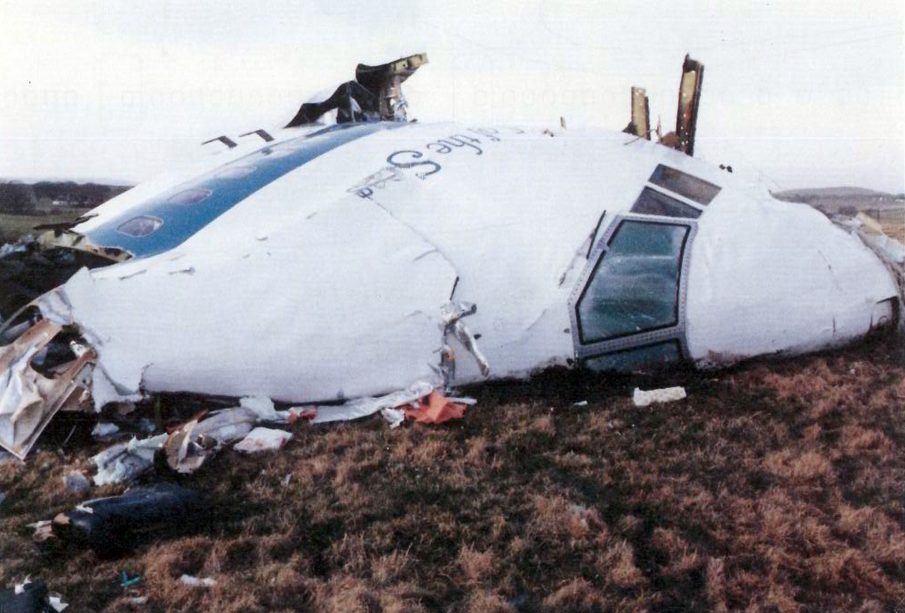The Bombing of Pan Am 103: A Turning Point in Aviation History

Introduction
The bombing of Pan Am Flight 103 on December 21, 1988, remains one of the most devastating terrorist attacks in aviation history. This tragic incident, which occurred over Lockerbie, Scotland, claimed the lives of all 259 passengers and crew members on board, in addition to 11 residents of the town below. The significance of this event stretches beyond the immediate loss of life, influencing global counterterrorism policies and international relations for decades to come.
Details of the Incident
Flight 103 was en route from London to New York City when it was destroyed by a bomb, attributed to Libyan operatives. Investigations revealed that the explosive device was hidden in a suitcase, leading to new measures in baggage handling and airport security protocols. The subsequent inquiry into the bombing led to the indictment of Libyan intelligence officer Abdelbaset al-Megrahi, who was eventually convicted in a Scottish court in 2001.
The incident sparked outrage and condemnation worldwide, highlighting the urgent need for improved security measures. In response, governments ramped up scrutiny of airline safety procedures and coordinated international investigations. The subsequent implementation of stricter security measures transformed airport protocols, including advanced screening technologies and baggage screening regulations, aimed at preventing such attacks in the future.
Impact and Legacy
The fallout from the bombing reached far beyond immediate aviation security. It had significant implications for US-Libya relations, leading to diplomatic isolation for Libya and economic sanctions that lasted for years. Moreover, the tragedy prompted the global community to reconsider diplomatic ties with nations accused of supporting terrorism.
Additionally, families of the victims became advocates for change, forming groups that lobbied for greater accountability and justice. Their efforts contributed to a greater understanding of the emotional and physical aftermath of terrorism, pushing for support for victims’ families and a commitment from governments to enhance security measures.
Conclusion
The bombing of Pan Am Flight 103 is a somber reminder of the vulnerability of civil aviation to terrorism. As we reflect on this tragic event, it serves as a call to action for continued vigilance in safeguarding passenger safety and a reminder of the importance of international cooperation in counterterrorism efforts. By remembering the lives lost and learning from the past, we can strive towards a safer future in aviation and beyond.





